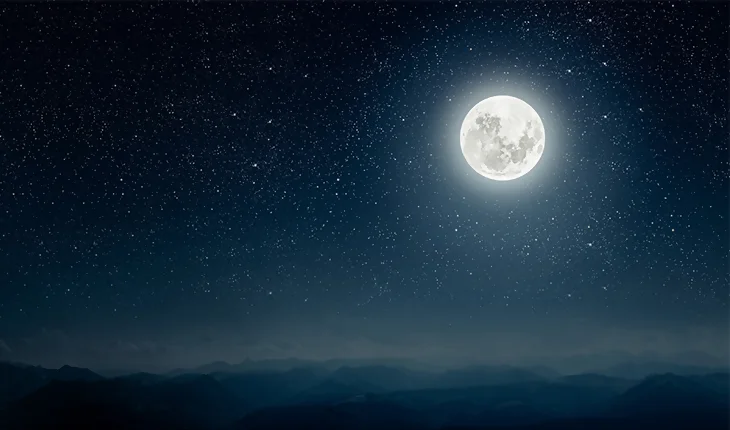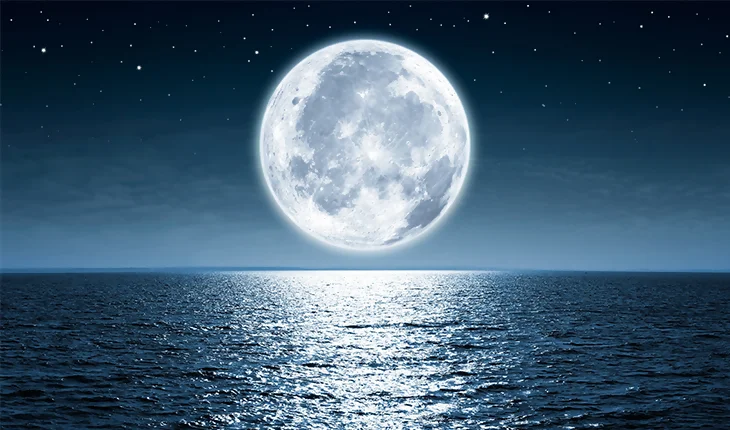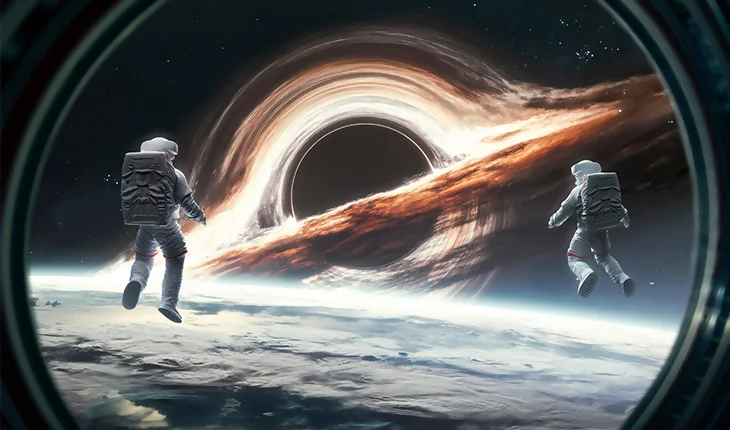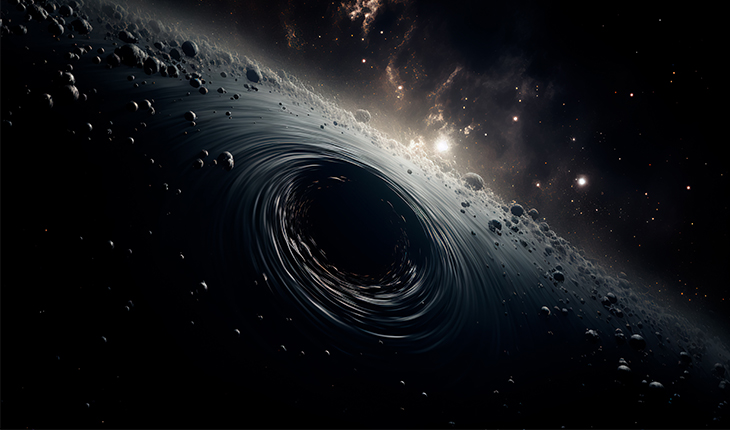The full Moon is a celestial spectacle that has fascinated people for as long as recorded history. Its deep appeal cuts across national boundaries, religious views, and historical periods. The full Moon, enveloped in a silvery luminescence, bestows upon Earth an enchanting glow that piques curiosity and inspires awe. Beyond its ethereal beauty, the full Moon is a timeless inspiration for poets, artists, and dreamers alike, embodying a multitude of symbolic meanings and cultural significance.
Describe Full Moon
A celestial show of immense proportions is announced by the full Moon’s appearance as the night sky turns into a canvas of sparkly stars. An unearthly glow illuminates the night sky as the Moon reaches its fullest phase and is bathed in radiant light. The full Moon creates magical effects that evoke a mysterious atmosphere and dance of shadows across a wide range of landscapes, from the vastness of the desert to the serene depths of the forest.

Full Moon Calendar 2024
The names of each month’s full moons, the meaning behind their names, and the anticipated outcomes of these lunar phenomena.
A full moon calendar provides the dates and times when the Moon reaches its fullest phase each month. Below is a general full moon calendar for the year 2024:
- January 25 — 12:54 p.m. — Wolf Moon
- February 24 —7:30 a.m. — Snow Moon
- March 25 — 3 a.m. — Worm Moon
- April 23 — 7:49 p.m. — Pink Moon
- May 23 — 9:53 a.m. — Flower Moon
- June 21 — 9:08 p.m. — Strawberry Moon
- July 21 — 6:17 a.m. — Buck Moon
- Aug. 19 — 2:26 p.m. — Sturgeon Moon
- September 17 — 10:34 p.m. — Corn Moon
- October 17 — 7:26 a.m. — Hunter’s Moon
- November 15 — 4:28 p.m. — Beaver Moon
- December 15 — 4:02 a.m. Cold Moon
Please note that the names given to each full Moon vary depending on cultural and regional traditions. Additionally, the precise timing of the full Moon may vary slightly depending on your location and time zone. Therefore, it’s always a good idea to consult a reliable lunar calendar for the most accurate information.
Suggested Contents:
Where do Black Holes Take You?
Why is there a full Moon in the middle of the day?
A few of the times in the table indicate that full moons occur during the day. Though the Moon is frequently visible throughout the day, it may seem strange at first to consider that a full Moon would occur during the day. How can this be the case? There is, however, a simple explanation.
The precise moment when the Sun and Moon align on opposite sides of the Earth is what causes this to occur. The Sun, Earth, and Moon system is experiencing what is referred to as a “syzygy,” which can occur at any time of the week. The Moon can appear full both the night before and the evening after the precise moment of the “full Moon.
How many full moons in a month?
Every month has an average of one full Moon, which happens when the Sun completely illuminates the Moon’s face. The Moon takes approximately 29.5 days to go through all of its phases.
When is the next full Moon?
Since full moons are mystical, many cultures around the world have developed a variety of beliefs and customs based on these astronomical occurrences. We have provided you with the full moon calendar for this year and the next, along with the date, time, and traditional name of the upcoming full Moon.
The timing of the next full Moon depends on the current date and lunar cycle. As of today, February 3, 2024, the next full Moon will occur in the coming weeks.
To provide an estimate, let’s consider the typical lunar cycle. On average, the lunar cycle spans approximately 29.5 days, from one full Moon to the next. Therefore, if today is not the date of the full Moon, you can expect the next full Moon to happen around 29.5 days from now.
To find the exact date of the next full Moon, you can refer to a lunar calendar or consult astronomical websites that provide accurate information about celestial events. These sources offer precise dates and times for the occurrence of the full Moon based on your location and time zone.
Remember that due to the complexities of lunar orbits and your specific location, the precise timing of the next full Moon may differ slightly. Still, the full Moon is a celestial event that captivates people’s attention and inspires wonderment all over the world.
Source: space.com



